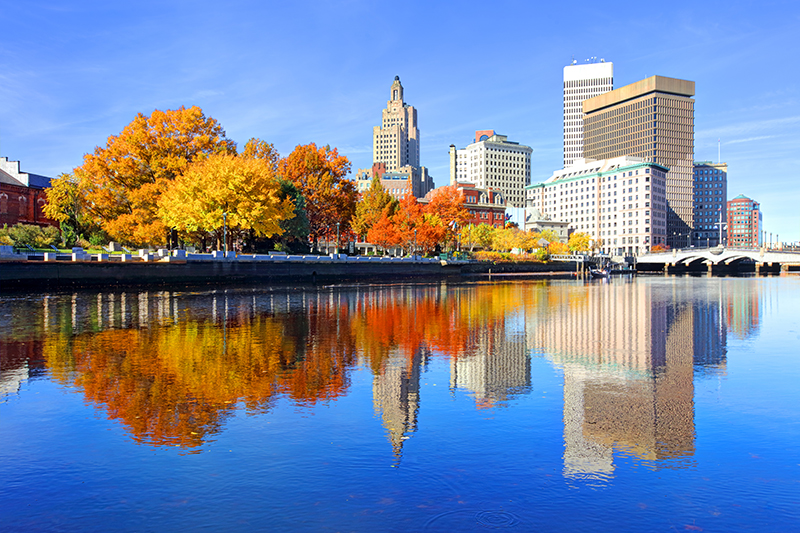Small Multifamily, Small Cities Are Riding the Same Rising Tide

- Small multifamily rents have been growing faster in metro areas with rent levels below the national average.
- This phenomenon has, by and large, also been true for the large multifamily asset class.
- Rent gains through 2018 stabilized in some of the most expensive markets across both small and large multifamily.
Small Multifamily Rents Growing in Smaller Metros
When it comes to housing affordability, a common narrative is the flight of young Millennial renters from big cities to greener pastures. Many use this phenomenon to indicate doom and gloom for large metros as they face widespread abandonment.
These trends, however, are not apparent across the board. Some large cities are seeing small declines in population. But many others are still seeing healthy levels of net in-migration. There are competing forces at play as renters of different age groups search for properties that meet their lifestyle preferences and are affordable.
Younger households are attracted to the growing number of so-called “Hipsturbias” across the nation’s smaller metros. Baby boomers are also showing a growing preference for major metro urban living. The jury is still out on how these trends will shakeout.
The latest American Community Survey data provides some signs of price pressures on existing rental supply in smaller, more affordable metro areas. We ranked these metros in our recent article on rent levels by asset class for year-end 2018.
For small multifamily, seven of the 10 metro areas showing the highest year-over-year rent increases (6%-11%), still had rents below the U.S. average rent level. Expanding the scope to the top 20 metros for rent growth, 15 had rents below the U.S. average.
The more affordable metros experiencing the most robust rent growth included Providence, Cincinnati, Las Vegas, Columbus and Buffalo. Meanwhile, rents in San Diego, San Francisco and Los Angeles – the country’s most expensive urban areas – continued to grow at a brisk pace.
On the other hand, rent increases in San Jose, New York, Washington, D.C. and Denver have tapered down to a more modest 2% to 4% range. The U.S. average rent increase was 4.1%.
Big Cities See More Success in Large Multifamily
The above trends line up similarly for large multifamily. However, there is some noticeable variation. Rents in the most expensive metros like San Jose, New York, Seattle and Boston have also continued to grow at an elevated rate of 6% to 7%. The U.S. average rent increase for this segment was 3.5%.
Among the top 20 metros for rent gains in large multifamily, five were also on the list of the most expensive places. Conversely, Los Angeles, Washington, D.C., Austin and San Diego showed lower average rent increases of 2% to 3%.
The contrast in small and large multifamily reflects the differences in market focus and resident density between these asset classes. In upcoming blogs, we will examine geographical preferences by age groups for a better understanding of underlying demand and price pressures on multifamily inventory.
For more multifamily trends and research, visit our Chatter blog.
Note: All data is sourced from the American Community Survey (ACS), unless otherwise stated. ACS statistics are sample-based estimates of the compositional profile of the total population in the given year of data collection, and include a margin of error. Small multifamily, based on the ACS data, is defined as structures with 5 to 49 units.

